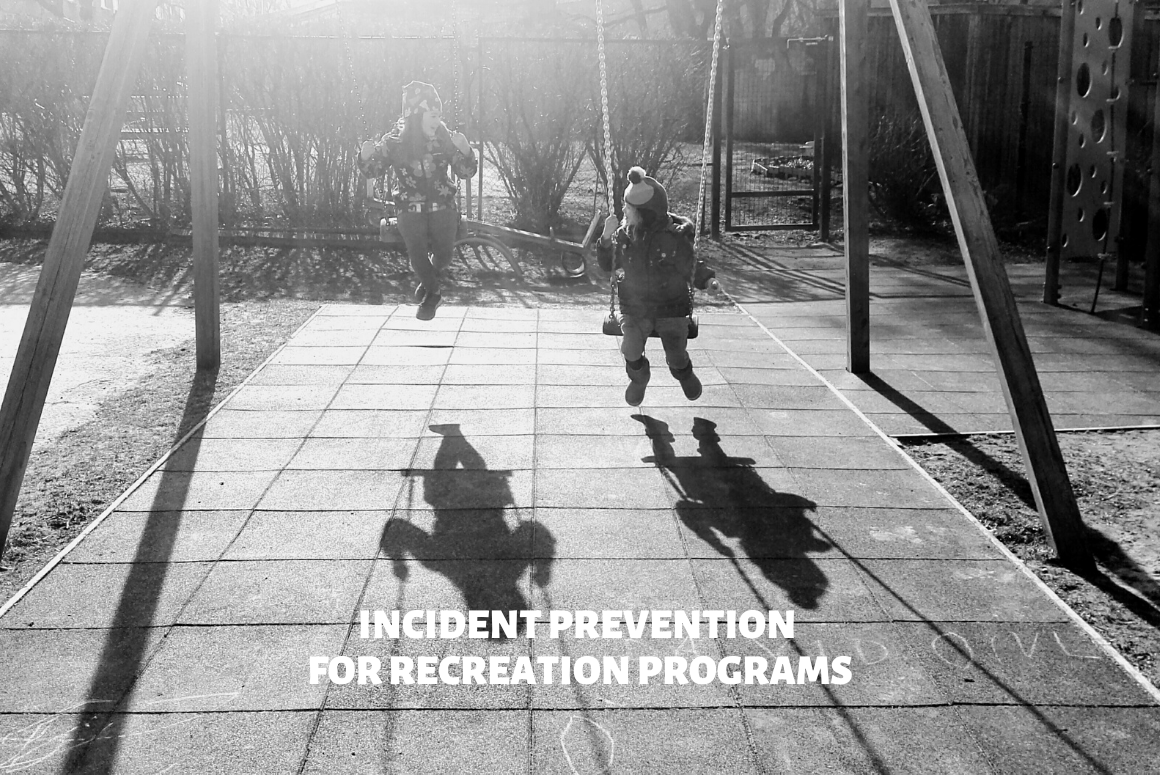Recreation organizations that host youth programs know the importance of emergency and crisis plans to support participants and staff in unexpected situations. While we can’t predict when an accident or emergency is going to happen, taking steps to prepare in advance helps with incident prevention and mitigation.
Recognize Dangers & Emergencies in Recreation
As with any type of group or physical activity, it’s important for staff to be aware of the potential dangers and emergencies that can occur so that they can plan, prepare, and respond accordingly. Here are a few categories of incidents to consider:
- Physical activities: Take precautions specific to the program you’re hosting, ensure that staff and participants have access to the right safety equipment, and, depending on the activity, make sure your staff have the right activity certifications.
- General injuries: Participants are attending your programs to have fun and alongside their playfulness, sometimes injuries happen. Make sure you have first aid kits handy as well as appropriate staff training.
- Allergies & Sensitivities: Gather as much information about participant and staff allergies as possible so that staff can prepare with additional medication and training.
- Illness: Even if parents do their part to keep sick children away from programs, there are occasions where illness starts and spreads quickly during a program – make sure you have a process to deal with this as quickly as possible and ensure that as few participants as possible get sick.
Create Emergency Plans
We love to make sure our clients and their families are prepared for any unexpected situation – after all, that’s why ePACT exists! One of the easiest ways to prevent incidents is to make sure you have emergency plans for your organization:
- Make plans for natural disasters in your region, day-to-day emergencies like floods or power outages, and community emergencies that may require a lockdown.
- Gather resources to support these plans and train your staff on how to use those resources and how to respond in each type of emergency you’ve identified.
- Collect critical information from the families you serve and staff so you know how to support participants or your own team members in an emergency.
- Add a communication plan to your overall emergency plan so you can keep families and staff up-to-date with important information whether it’s for a late bus or an evacuation.
Engage Different Staff In Safety
Your staff are a key piece of your incident prevention efforts, especially when participants are in their care during programs or camps. Engaging them in safety means that they understand what is expected of them before, during, and after any incident, and ensures that everyone makes decisions that are in the best safety interests of everyone.
- Create a clear structure so staff understand their roles in both your organization and an emergency. With a strong foundation in place, staff can bring their individual expertise to the table to establish tactics to help meet your safety strategy.
- Listen to your staff who have first-hand experience with safety-related issues by providing them with a variety of ways to give feedback and information. And don’t forget to give them credit if you implement any of their ideas!
- Make sure staff are trained regularly so that their skills stay relevant and up-to-date ongoing. This is particularly important for skills like First Aid and CPR and your organization’s commitment to ensuring they have the right training goes a long way to keeping them continuously engaged in safety.
- Make sure communication channels are clear and concise so that there is no confusion about any safety process. Emergencies leave little room for error and you want your staff to be confident in the decisions they make under pressure.
Be Prepared to Manage Incidents Properly
Emergencies are called emergencies because they’re unexpected. In spite of all your safety planning and processes, accidents happen and when they do, it’s important to know how best to manage them so that you can react and respond accordingly. It’s also a great opportunity to learn from the situation so you can build it into your future processes and training.
- Consider the most common incidents to your programs so you can prepare your staff as much as possible.
- Collect the right documents so that you have everything you need to support your participants while they’re in your care and make sure it’s easily accessible when you need it.
- Establish clear, concise incident documentation processes so that everyone knows what information to collect and how to present it appropriately.
- Use your communication plan to notify parents and guardians of an incident as soon as it occurs.
We hope you’ve found these tips for incident prevention in your recreation programs helpful and that you learn additional ways to enhance your organization’s safety processes.
Terms and Conditions
All content provided on this blog is for informational purposes only. The owner of this blog makes no representations as to the accuracy or completeness of any information on this site or found by following any link on this site. The owner will not be liable for any errors or omissions in this information nor for the availability of this information. The owner will not be liable for any losses, injuries, or damages from the display or use of this information. This policy is subject to change at any time.

